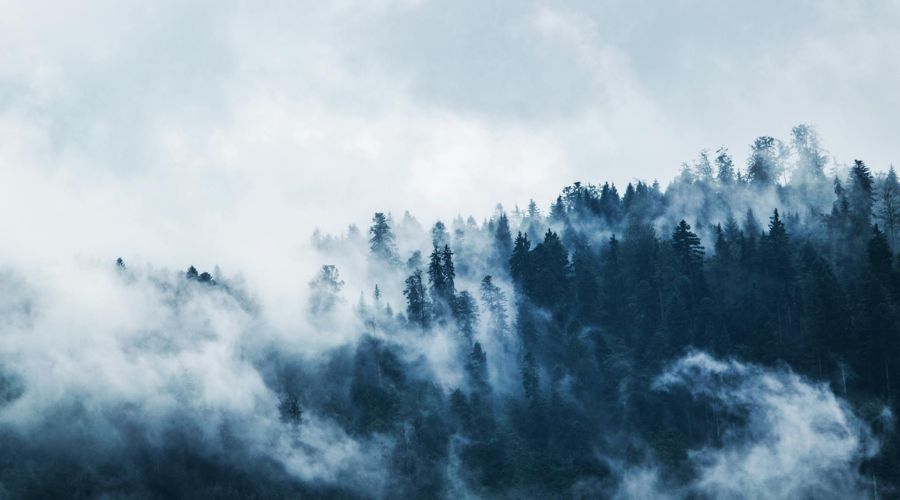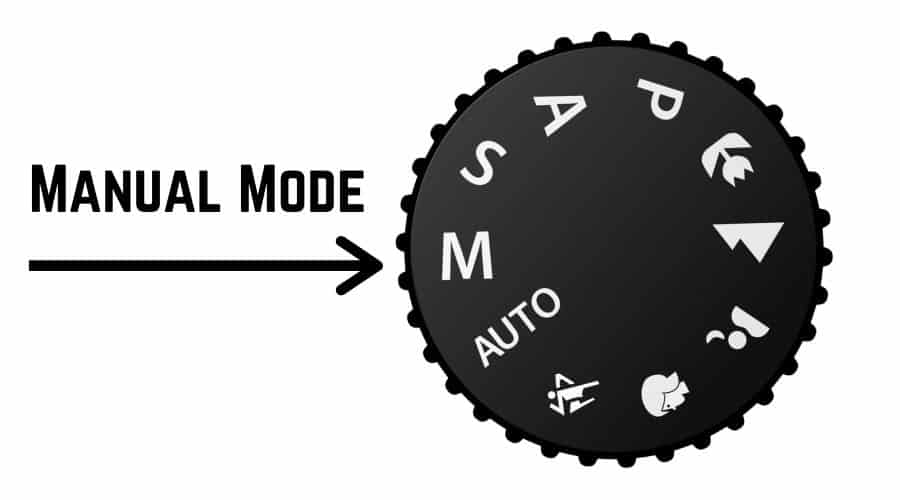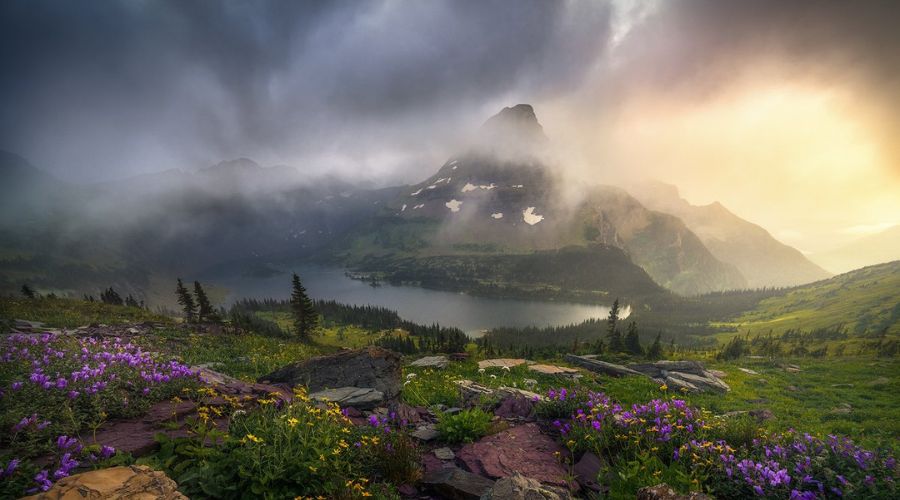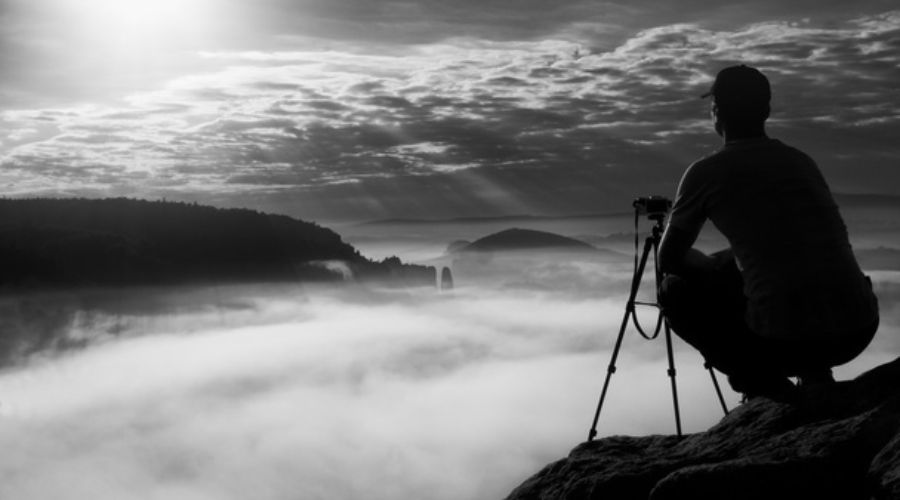Preparation Tips for Fog Shoots
Latching onto that ethereal blanket of fog for your photos requires a bit of upfront legwork.
But hey, a bit of prep makes the magic happen, right?
So let’s dive into turning that mystical fog photography dream into a snap-happy reality.

Scouting Locations for Mystical Scenes
First things first, scouting those storybook spots is key.
Think of locations with layers – hills, trees, winding paths – that fog can really cozy up to.
Early morning jaunts or dusk-time drives might just reveal the perfect stage for that misty masterpiece.
Remember, Mother Nature’s moodiness is what you’re after, so those off-the-beaten-path spots? They’re pure gold.
Weather Forecasting Tools and Apps
Your smartphone isn’t just for selfies; it’s your crystal ball for fog forecasts.
Load up on apps that show humidity, temperature, and sunrise times. If you wake up to a dew-kissed world, there’s a good chance you’ll find fog hugging the ground tighter than your nephew’s hugs.
Chase that morning chill, and you just might find your foggy friend waiting for you.
Packing the Essential Gear
All right, gear up!
Your camera loves the fog as much as you do, but it’s also a delicate flower. Waterproof covers are your best buds here.
And lenses?
Wide angles let you grab more of that mystical goodness.
Keep those batteries warm and your lenses clear, because there’s nothing sadder than a foggy lens in the middle of a fog shoot. Sad trombone.
Don’t let your shots be as murky as pea soup. Arm yourself with these simple tips and watch as your fog photography goes from ‘meh’ to mesmerizing.
Camera Settings for Capturing Fog
Imagine you’re a wizard, and your camera is your magic wand to capture the enchanting dance of fog.
Now, let’s talk brass tacks about making those photos appear as mystical as the fog itself.

Manual vs. Automatic Mode
You might think automatic mode is like having a spell for instant success.
However,
You’ll want to switch to manual mode for fog photography. This gives you the control of a sorcerer over your camera settings, ensuring each shot is crafted to perfection under your keen eye.
It’s not just a point-and-shoot affair; it’s about being the maestro of the mist.
Adjusting Exposure for Foggy Conditions
Setting the stage for the perfect fog photo can be tricky. Think of fog as a shy creature that can easily vanish with too much light.
Overexposure is your enemy here.
Push the exposure slider just a tad under what you think is necessary. You’re aiming for the sweet spot where fog retains its ghostly whisper across your image without fading into the spotlight.
White Balance and Color Temperature Tips
Ever seen a fog that reminded you of your grandma’s warm, fluffy pancakes?
Well, your camera’s white balance can turn that cool, moist air into a warm embrace or a chilly morning vibe.
Play around with the color temperature to paint the mood with shades of blue for a cold touch or yellow for a cozy feel. It’s like seasoning your photo to taste, one click at a time.
And remember, keep an eye on how your photo feels—sometimes, the camera’s auto-white balance is like a confused chef who can’t decide between salt or sugar.
You’re the chef here, so trust your gut to get the flavor just right. Think of it like sprinkling magic dust over your mystical canvas.
Remember, capturing magical fog isn’t about fancy tricks—it’s about getting down and dirty with the basics. Snap away, keep it lighthearted, and let the fog do its own dance in your frame.
Composition Techniques in Fog Photography
When embarking on a quest to capture the serenity of mystical fog photography, you’ll want to pull out all the tricks in your camera bag.
Fog can be a tricky customer, but with some savvy composition techniques, you can transform a pea-souper into a visual feast.

Using Leading Lines and Layers
One trick to make your fog photos pop is to play with leading lines and layers.
Picture this: a winding road disappearing into a ghostly haze—or a row of trees fading into a white abyss.
These elements draw your peepers right into the scene, creating depth that makes a snap look like you could step right into it. And don’t forget about layers; staggered hills or waves of fog can create a zesty layer cake that catches eyes like bees to honey!
Highlighting Silhouettes and Shapes
Now, what about turning everyday objects into inky silhouettes against the foggy backdrop?
Say you stumble across a gnarly tree or a spooky old barn; the fog can simplify the clutter and let you showcase their stark shapes. It’s like the fog is playing peek-a-boo with the landscape, giving you a chance to nab some otherworldly snaps.
The Importance of Negative Space in Misty Scenes
Here’s a thought: embrace the emptiness.
Fog’s a natural at crafting oodles of negative space, which isn’t just empty air; it’s a blank canvas for your imagination.
Slap a lonely figure or a distant light in there, and watch your photo tell a thousand words. It’s like fog’s whispering secrets, and you’re the only one in on the gossip.
Remember, you don’t need a magic wand to capture the mystical essence of fog. You’ll be weaving visual spells that leave folks spellbound with these tips up your sleeve.
Lighting Tips for Enhanced Mystical Effects
Let’s cut to the chase. Mystical fog photography starts with good lighting.
Just like peanut butter pairs well with jelly, the right lighting sticks with fog to create a magical combo that rocks your photos.

Working with Natural Light and Fog
You can’t beat Mother Nature at her own game, so use what she gives you.
Early morning fog comes with soft light, perfect for a dreamy vibe. Midday fog can be trickier; the light’s stronger, so your fog might look washed out.
Stick with dawn or twilight for the good stuff.
The Impact of Sunrise and Sunset
When the sun’s playing peek-a-boo with the horizon, that’s your golden ticket.
Sunrise turns the fog into a cotton-candy wonderland, with pinks and oranges that will make your Instagram buddies jealous.
Sunset?
Even better. It’s like the sky’s putting on a light show just for your foggy scene.
Artificial Lighting in Fog Photography
If you’re thinking of bringing your own sparkle to the party, tread lightly.
Artificial lights can be stars or party poopers.
A well-placed flashlight or lantern can give you that mysterious glow. But go too bright and you’ll blow the fog’s cover, stripping away its secret-agent vibe.
Post-Processing Techniques for Fog Imagery
You’ve nailed the shoot amidst the mystical fog, but the magic doesn’t end there.
To conjure up the true spirit of the scene, tweaking your images in post-production is a must.
Let’s dive into the digital darkroom and work some post-processing wizardry on those mist-enshrouded shots.
Adjusting Contrast and Clarity
The fog naturally softens the scene, which can make your images look flat. Play around with the contrast slider to lift your photos from the haze.
But remember, it’s like adding salt to a soup – a little goes a long way.
Clarity, on the other hand, can sharpen up those details that got lost in the mist, but too much might dispel the fog’s enchantment. A dash of contrast and a sprinkle of clarity, and you’ll strike the perfect balance between mysterious and moody.
Enhancing Mystery in Post-Production
Want to ramp up the enigma in your photos?
You can darken the corners of your image with a vignette, drawing eyes to the heart of the fog-laden scene.
Using shadows and highlights can also play up the drama.
Don’t forget to add a tad of noise – it might sound counterintuitive, but it can make the fog seem thicker, like a blanket wrapping your scene. It’s like telling a ghost story with the lights off – it just adds to the thrill.
Creative Effects: Black and White vs. Color Edits
Stripping down to black and white can transform your foggy scene into something straight out of an old mystery novel, where the fog becomes a character of its own.
But don’t dismiss color altogether.
Desaturating your image slightly can retain a hint of hues, like a memory fading in the dawn light.
Whether you go monochrome or stick with subdued colors, each gives your foggy narrative a different twist.
Tips for Staying Safe and Comfortable
Tackling mystical fog photography means you’re venturing out into a blanket of mist, and it’s easy to get a bit lost or chilled to the bone.
Remember, the goal is to nab those stunning shots without turning yourself into a popsicle or getting turned around.

Navigating and Photographing in Low Visibility
Let’s face it, trying to find your way in pea soup fog is like trying to find a needle in a haystack.
Keep your bearings by using landmarks or a GPS app to avoid wandering in circles. And when you spot the perfect scene, use manual focus.
Auto-focus is like a lazy hound dog on a hot day – not too helpful in the fog.
Protecting Your Camera Equipment in Damp Conditions
Your camera’s like sugar—it doesn’t like to get wet. Keep a rain cover handy, or if you’re in a pinch, a plastic bag can do the trick.
Silica gel packs are like little superheroes for your camera bag, fighting off the evil moisture that wants to fog up your lens and gunk up your gear.
Personal Safety Gear and Precautions
Layer up like an onion, because baby, it’s cold outside.
And don’t forget those gloves where you can still move your fingers—frostbite is nobody’s friend.
Wear boots with a grip; otherwise, you’ll be slipping and sliding more than a seal on an ice floe. A whistle might seem like overkill, but it’s a lifesaver if you yell yourself hoarse calling for help. Don’t forget to tell someone where you’re headed, because solo trips into the fog can quickly turn into a spooky story if no one knows you’re out there.
Wrapping Up Your Foggy Photo Adventure
Remember how we started this mystical journey into fog photography? Bet you never thought you’d become such a whiz at capturing the mist. You’re practically ready to whisk folks off to a fairy tale with your snaps!
Your tool belt’s loaded with tips now, so don’t let your camera collect dust.
Remember to chase the fog early or as the sun says its goodbyes. Keep your lenses clear, play with light, and stay safe—don’t let the fog make you lose your bearings!
Every photo is a step further in your story, so keep clicking and making magic. I’m rooting for you!
Keep these tips in your back pocket for the next foggy day, and you’ll be snapping photos that are the envy of all your pals. They’ll think you’ve got some secret power with how good your shots turn out!
And always, always, always keep that battery charged—nothing spoils the fun like a dead camera in a world draped in beautiful fog.
So, it’s bye for now, but not forever. Keep an eye on the skies and a finger on the shutter button. Your next foggy masterpiece is just a breath of mist away. You’ve got this!
Frequently Asked Questions
What’s the best time to catch fog for my photos?
You bet your bottom dollar that timing is everything! Crack of dawn is your friend here. Just when the sun peeks its sleepy head but is too lazy to clear the mist, that’s your golden hour. Think morning dew, only a bit more… everywhere.
Do I need fancy equipment for fog photography?
Not at all! Your trusty camera and a spirit of adventure do the trick. Oh, and a tripod – that’s not just a three-legged contraption; it’s your best buddy for those eerie, stable shots in the murky haze.
Should I add lights or let the fog be the star?
Let Mother Nature’s own special effect take center stage. But hey, if you want to throw in a flashlight to play hide and seek with the shadows, who am I to stop you? Just don’t turn your mystic scene into a disco.
How do I keep my camera safe in damp conditions?
Friend, gear up with a weather-sealed camera bag. It’s like an umbrella for your camera! But if drops do a tango on your equipment, just wipe them away gently. Treat it like a kitten that doesn’t like water.
Any tips for camera settings in fog?
Here’s the scoop: stick to manual mode for full control. Keep ISO low, like a snake in the grass, to avoid noise. And shutter speed? Slow it down to catch all the ghostly goodness without the blur.
What can I do to give my fog photos a magical twist?
Silhouettes are your secret potion for magic. Find a lonely tree or a curious critter to stand against the fog. Click! Now you’ve got a story brewing in your picture that’ll make viewers’ imaginations run wild.
How do I ensure my fog photos don’t turn out too bright or too dark?
Check your histogram; it’s not just a funky word, it’s like the roadmap to the perfect exposure. It’ll snitch on you if your shot’s too dark or bright. Trust your eyes, too. They’re pretty good at this game.
Any final words of wisdom for a newbie in fog photography?
Patience is a virtue, and with foggy business, sometimes you just gotta wait it out. The mist moves and shapes shift. So, take it slow, enjoy the spookiness, and snap the wonder as it unfolds before you.

